Anna’s Quest Review
Fast Facts
Anna’s Quest
Developer: Daedelic Entertainment
Publisher: Daedelic Entertainment
Website: https://www.daedalic.com/
Genre(s): Puzzle, Adventure
Platform: Nintendo Switch
Age Rating: PEGI 7
Release Date: 30/06/2021
Price: £16.99
A code was provided for review purposes
Introduction
After playing Fire: Ungh’s Quest earlier this year, I was eager to try out another of Daedalic Entertainment’s titles, Anna’s Quest. It is another point-and-click adventure. Will this title build upon the strengths of their previous title? Or will it leave me searching for a different quest next time? Find out in this Rapid Review.
Story Driven
What immediately stood out to me in Anna’s Quest was the strong emphasis on the story. The developers took inspiration from fairy tales. They used this inspiration to make thematically appropriate puzzles as well as developing the story. This story was simple. An evil witch attempts to capture Anna. However, as I delved deeper into the story, I discovered the hardships faced by the witch and her motivations. The story was not too intense but circled back on itself. Realizing that significant characters in my playthrough also had a role in the witch’s past was a very nice addition. I thought the story was very nicely put together. There were loveable and iconic characters, simple plot twists, and the puzzles were intertwined with the theme.
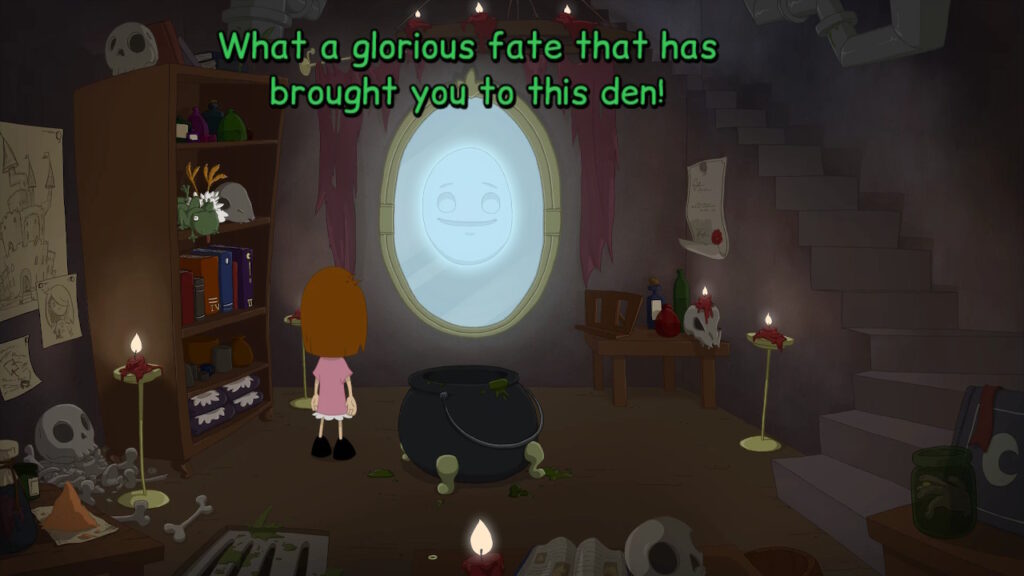
Unfortunately, the continuous dialogue was extremely tedious. Each impasse or progression was shown with a voice line. Sure, they add personality to the game, but I found their inclusion to be extremely tedious. Especially considering that Anna’s Quest is a point-and-click adventure, I found myself interacting with objects incorrectly frequently. This meant I had continuous voice lines telling me I did not do something correctly. It made progression take extensive amounts of time. Not only did they take time, but it felt like I wasted my time with them because they did not add to the story much. Though there were some excellent elements of the story, I found myself growing tired of the story frequently. I often wanted to skip the text because of how often it appeared. Copious dialogue is not inherently a bad thing, but I found it made the game tedious.
Point-and-Click
To supplement the story content, there were immersive puzzles for me to complete. Anna has telekinetic powers that enable her to manipulate the world around her. Couple that with the ability to look at and interact with objects, and there are plenty of deep puzzles to master.
The gameplay loop is very similar to other point-and-click titles. There was always one clear objective for me to complete. In most cases, completing that task required me to complete other tasks first. To do so, I had to interact with interactable objects that were featured in each room. They ranged from simple objects like scissors to more complicated things like brooches and amulets. The interactable objects were typically self-explanatory which is super important in games of this genre.
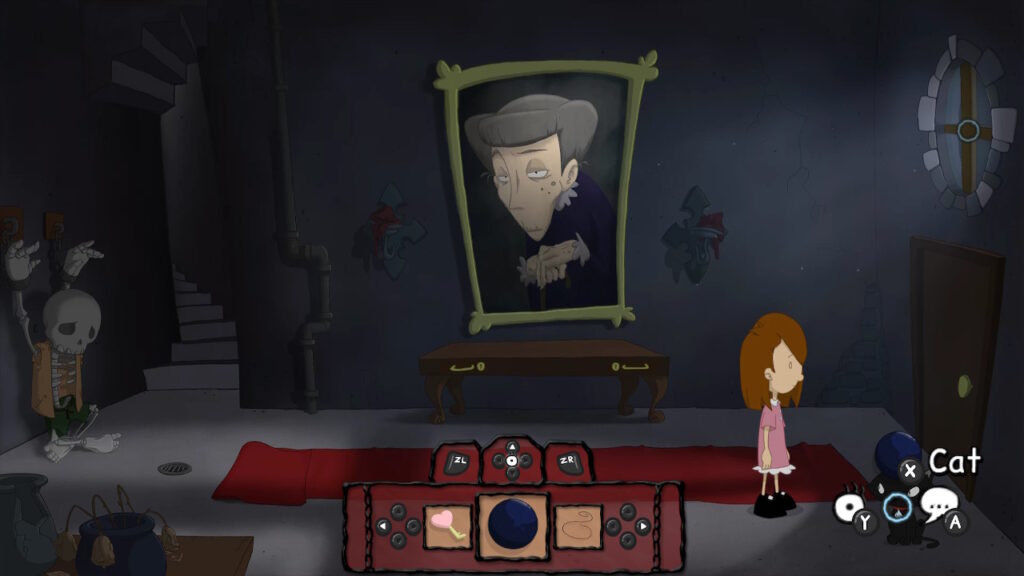
Unfortunately, for younger audiences, many of the puzzles may be too challenging to comprehend. For example, one puzzle required that I find a gold coin. However, there was no gold coin in the strict sense of the concept. Instead, I cut a brooch off a dress to use as a gold coin. The substitution was not perfect, so it was not the most intuitive decision. If a child were to attempt that puzzle, I worry they would not understand what a brooch is, or that it would need to be cut off. The main problem here is that the story elements and sluggish pace appeal to a different audience than the gameplay does. The gameplay is complex and requires deep thinking whereas the story is slow and tedious. It was hard for me to distinguish the target audience of Anna’s Quest.
Telekinesis
While the interactable objects were largely well-designed, I was often frustrated by the multiple ways to interact with things. Being able to view, interact with, and use telekinesis on objects was one of the main things that made Anna’s Quest stand out from other point-and-click adventures. However, it made finding the solution significantly more challenging. This comes down to two main points. Initially, I forgot that using my telekinesis was even an option. It does not necessarily show me an indication on when to use it, so I often found myself using it on every object in the room just in case it had an unforeseen impact. Solving an issue by just using telekinesis was not as rewarding as finding the pieces to the puzzle on my adventure. There were some interesting implications, especially when it involved breaking objects with my mind, but it never captivated me.
The second issue I had with this adventure was the significance of viewing an object. I really appreciated this feature. It gave me an explanation of what objects were, how they could be used, and will guide players that need assistance. However, I rarely used it. Many of the objects were self-explanatory, so I did not need any further explanation. Whether I needed it, sometimes I would be required to inspect an object because interacting with an object would only be possible once the object was viewed. This seriously confused me. I would interact with an object that has an obvious purpose like a sink and would not need to look at it. I know what a sink does. However, there were hidden details that were not revealed to me when I interacted with it normally.
Puzzling Decisions
Considering that these puzzles were mandatory for progression, I found it frustrating that the developers did not have the voice lines trigger after interacting with the object. It was especially disappointing when not knowing the information prevented me from interacting with the object in the intended way. I even knew what the developers intended the solution to be many times, but I was not able to interact with the objects because I technically had no reason to. I wished the viewing element had no implication on the progression. It was an excellent hint system, but considering how much I was reading, I neither wanted nor needed the additional dialogue.
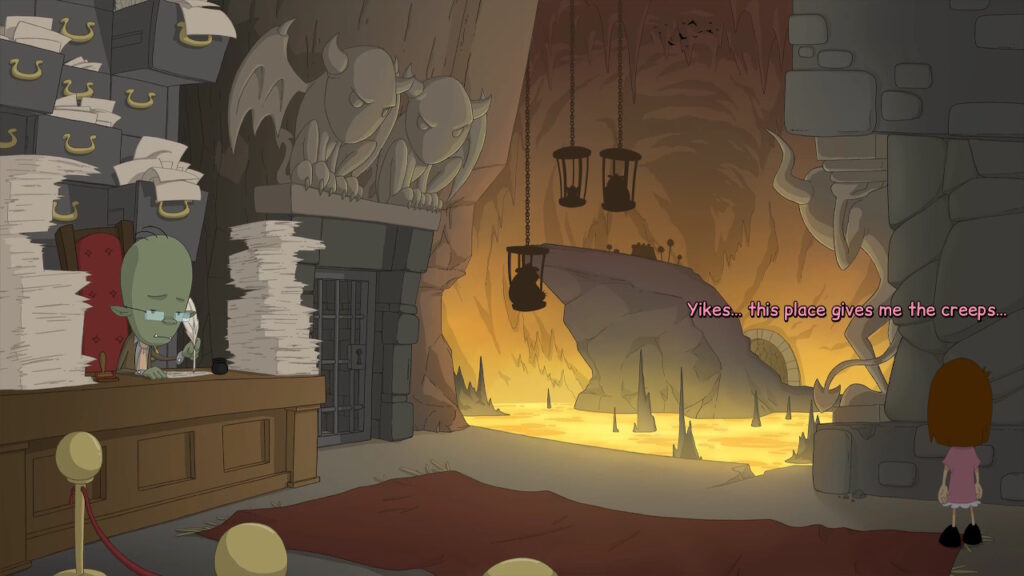
Finally, and most importantly, the puzzle design was pretty good. Most puzzles were excellent tests of my skill and understanding. Others did not feel intuitive. For some, I needed to consult a guide. I thought some puzzles were far too obscure for me to complete on my own. I get frustrated when a solution to a puzzle seems too obscure for me to solve on my own. It did not happen all that often, but there were certainly some puzzles that tested my patience. After figuring them out, some of them could have been completed by me, but others felt like they were too random for me to intuit. Even though there were some less enjoyable puzzles, the puzzle design was good in the long run. I really liked the puzzles in the last chapter, likely because the playable character did not need to use telekinesis. The puzzles were fun.
Nursery Rhymes
To supplement the story and gameplay, Anna’s Quest features some excellent visuals. With the distinct fairy-tale style, it has a well thought out theme. Even with the theme, each level is unique. I travelled back in time, to hell, and even explored a town. Levels were expansive and felt real yet were still able to guide me along my journey. The developers also included an icon to see what objects were interactable, an excellent addition when objects can be anywhere. The visual style was great, and they did not interfere with an excellent user interface.
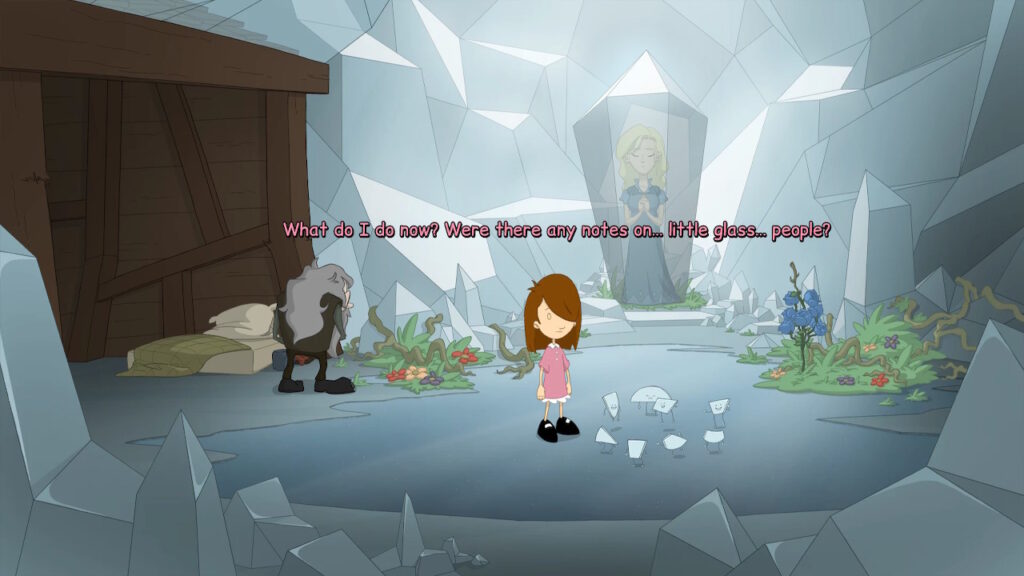
Unfortunately, I cannot say the same things about sound design. The soundtrack did not captivate me entirely, but it was not terrible. Where I was truly let down was with the sound effects. Each character had voice lines for their dialogue. Sure, in theory, it makes the game more accessible, but I got annoyed with them very quickly. They seemed like they were intended for children, with animated voices and fluctuating pitches. Interacting with people became burdensome because I needed to process long lines of dialogue and listen to the voice lines as well. Worst of all, the speaker was very slow, so I would often end up skipping the dialogue halfway through the line because I had read it already. Though the sound effects were fine, I found the voice lines to be tailored specifically to a younger audience. I did not enjoy them.
Conclusion
Overall, I liked my time with Anna’s Quest. However, there were plenty of drawbacks. It is a lot more story-focused than I expected going in, and the story is not particularly gripping, especially to older audiences. I found this clashed with the specific and complex puzzle designs. Many of which were very enjoyable, but some were too complex even for veteran players. Finally, the various options for puzzle-solving were interesting in concept, but I did not enjoy the complexity and confusion that came with the integration of these mechanics. I enjoyed my time with Anna’s Quest, but I did not enjoy myself the entire way through.
Rapid Reviews Rating

3 out of 5
3
You can purchase Anna’s Quest from the Nintendo eShop here

You can find and read our reviews on OpenCritic.



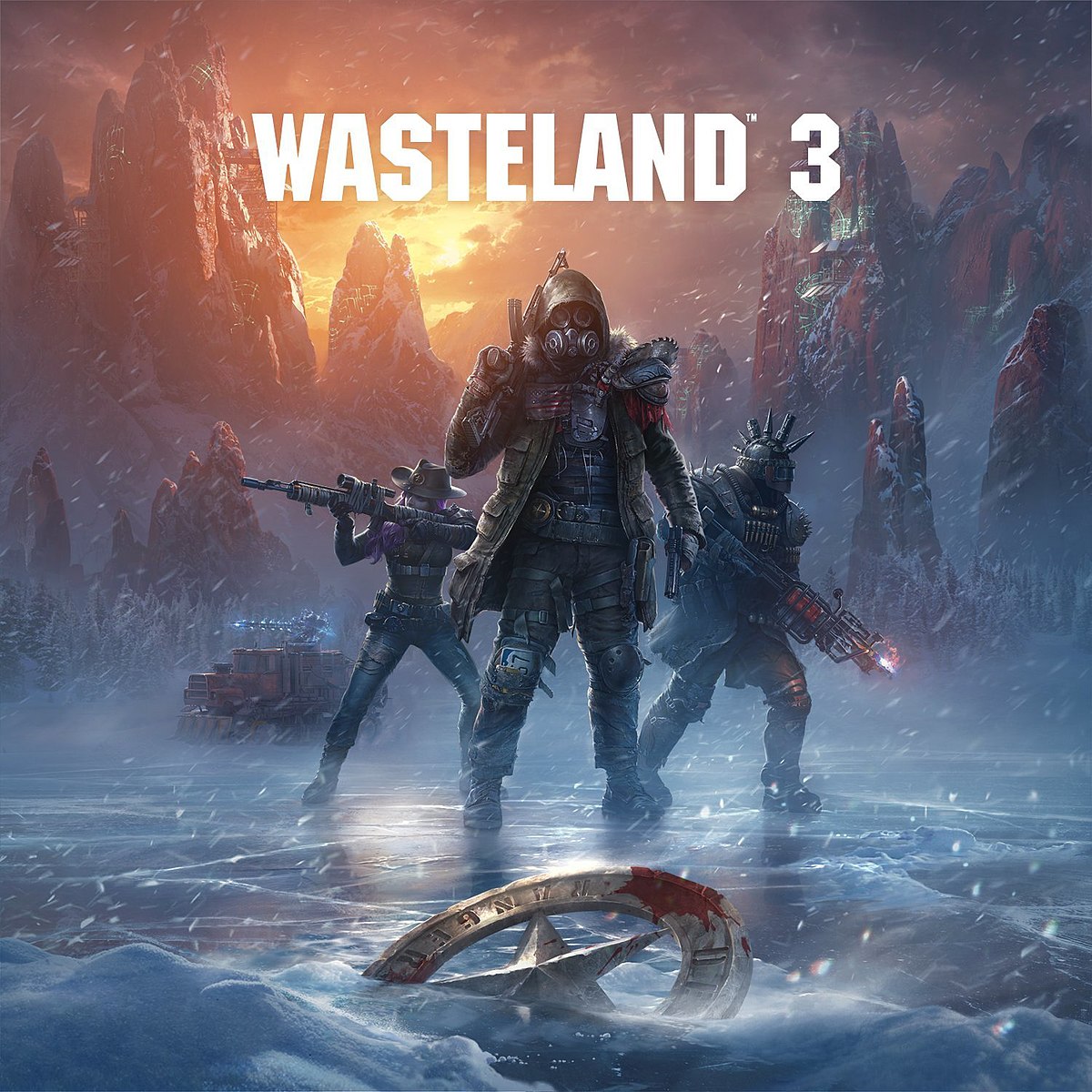
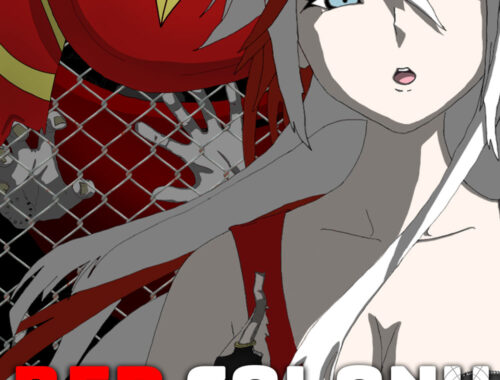
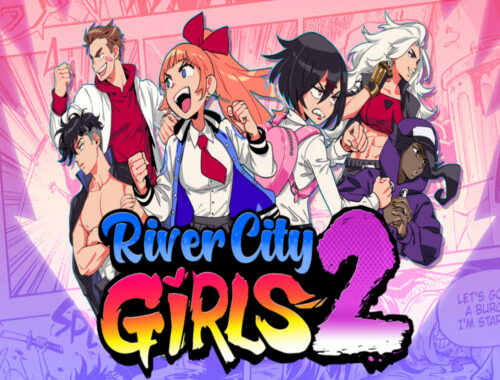
One Comment
Pingback: